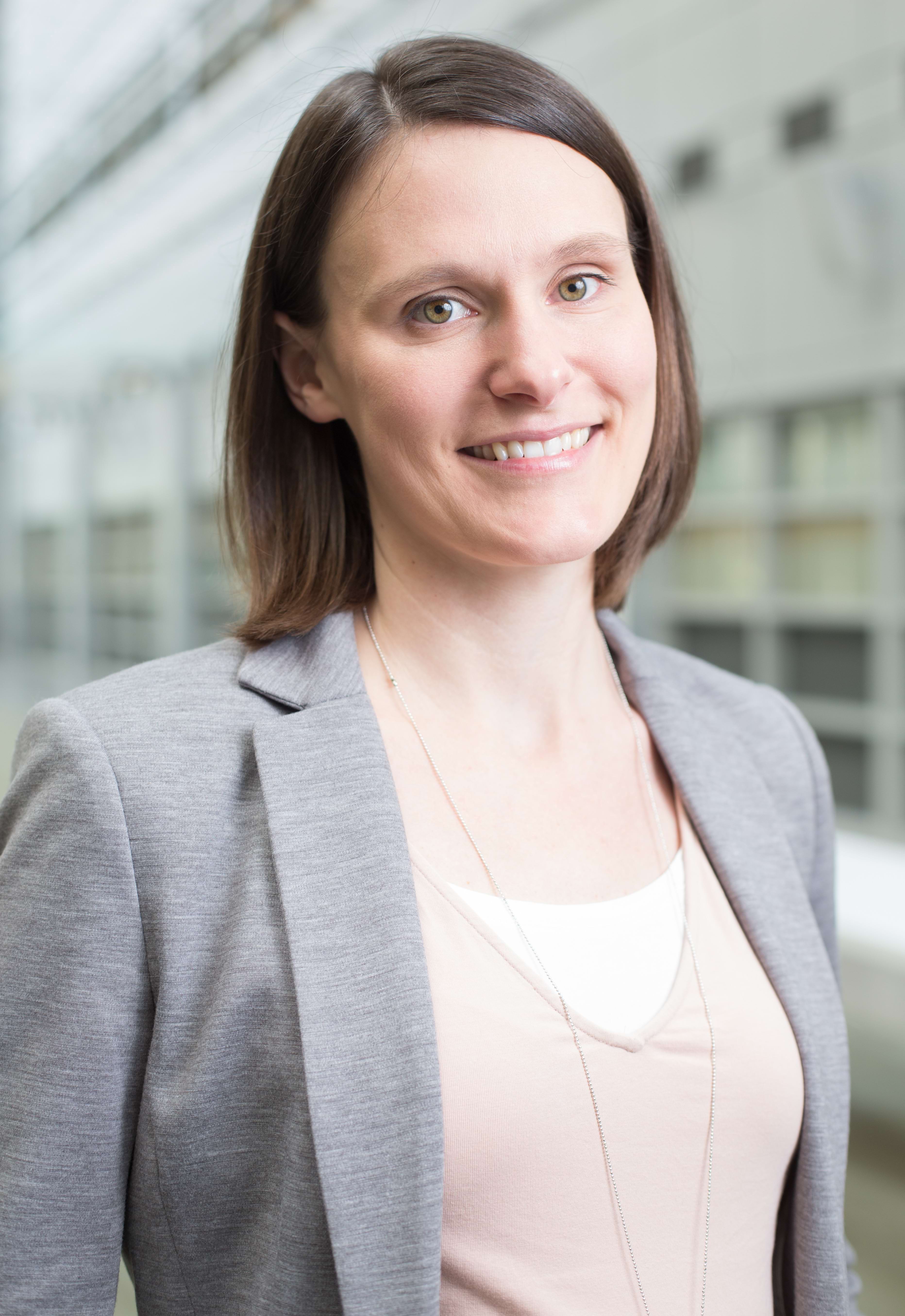Spring, 2024
 Erin Mazerolle uses brain imaging to understand, for example, what’s happening in the brain of someone with Alzheimer’s disease.
Erin Mazerolle uses brain imaging to understand, for example, what’s happening in the brain of someone with Alzheimer’s disease.
“A lot of the work that I have done is to try to do a better job of understanding and diagnosing neurological diseases, and to take really advanced cutting-edge research imaging techniques — new ways to image the brain — and apply them for the first time in patient populations,” says Mazerolle, assistant professor of psychology and computer science at St. Francis Xavier University.
Over the course of this research, Mazerolle noticed that she and her peers don’t always do a good job at making sure their results are reproducible in other studies.
“If I do a study and publish it, and then another researcher reads it, can they get the same result?” she asks. “This is the part of my work where ACENET really comes in. I have a study going on right now in which we're trying to figure out how the different ways that we analyze data are impacting the reproducibility of our results.”
She says that when analyzing brain imaging data, there are dozens of steps researchers take, and each one involves deciding which parameter to use at that juncture. And ultimately, all of those decisions impact the final result.
“There's an analogy that we use called the ‘garden of forking paths.’ I make a decision and go down one garden path and I never know what my results would have looked like over on the other path,” she says.
“So we're developing software that researchers can use to simultaneously analyze the imaging data using a whole bunch of different paths. That's a really major computational challenge because these datasets are very large and it takes a lot of computational time and power to get to the end of each of these paths.”
She says the clusters at ACENET reduce the computational challenge to a reasonable time frame, but even with those high-performance computing resources, it can still take a month to do the analysis for a single study.
“It would be completely unfeasible for me to do it without ACENET,” Mazerolle says.
“We hope that by looking at all of the outcomes of the different paths, we get a better sense of whether our results are real, or if the ones that we like only occur down one or two paths,” she says. “Or, do the 200 paths actually look totally different and we never would have known that if we hadn't tried this multiverse analysis?”
For her multiverse research, she’s using data from the Alzheimer’s Disease Neuroimaging Initiative, an international data-sharing database that looks at Alzheimer’s Disease, cognitive impairment and healthy normal aging. In particular, she’s comparing super-agers (who are in their 80s or 90s and have the memories of 20- and 30-year-olds) and comparing them to people who are aging normally. This is the study that will pilot the tool she hopes will help further brain imaging research across Canada.